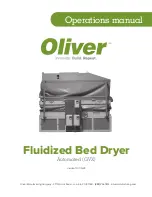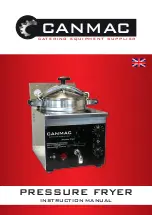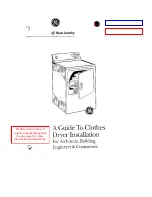
Installation
*INSTALLATION*
93
Electrical connection
The tumble dryer is supplied with a
mains cable with moulded plug ready
for connection to a suitable earthed
socket.
The socket must be easily accessible
after the tumble dryer has been in-
stalled. If the socket is not easily ac-
cessible, ensure that a suitable means
of disconnection is provided on the in-
stallation side for each pole.
Risk of fire from overheating.
Connecting the tumble dryer to a
multi-socket adapter or to an exten-
sion lead can overload the mains
connection cable.
For safety reasons, do not use an ex-
tension cable or multi-socket ad-
apter.
The electrical system must comply with
local and national safety regulations (BS
7671 in the UK).
For safety reasons, we recommend us-
ing a type A
residual current device
(RCD) in the relevant electrical installa-
tion for connecting the tumble dryer.
If the mains connection cable is dam-
aged, it must only be replaced with a
specific mains connection cable of the
same type (available from the Miele
Customer Service Department). For
safety reasons, such replacement may
only be carried out by a qualified spe-
cialist or the Miele Customer Service
Department.
These operating instructions and the
data plate indicate the nominal power
consumption and the appropriate fuse
rating. Compare this information with
the data of the on-site electrical con-
nection.
If in any doubt, consult a qualified elec-
trician.
Temporary or permanent operation on
an autonomous power supply system or
a power supply system that is not syn-
chronised with the mains power supply
(e.g. island networks, back-up systems)
is possible. A prerequisite for operation
is that the power supply system com-
plies with the specifications of
EN 50160 or an equivalent standard.
The function and operation of the pro-
tective measures provided in the do-
mestic electrical installation and in this
Miele product must also be maintained
in isolated operation or in operation that
is not synchronised with the mains
power supply, or these measures must
be replaced by equivalent measures in
the installation. As described, for ex-
ample, in the current version of BS OH-
SAS 18001–2 ISO 45001.
















































